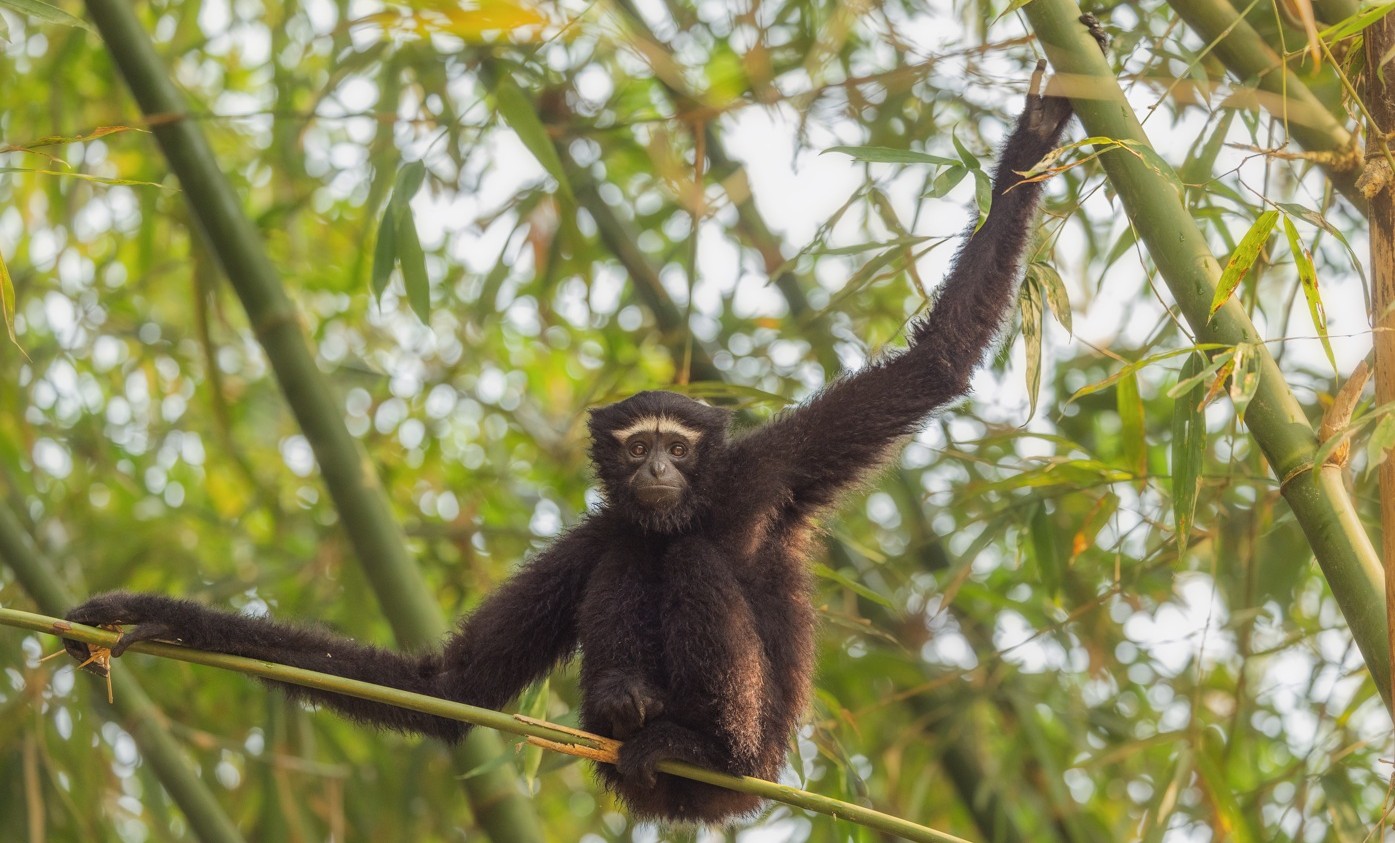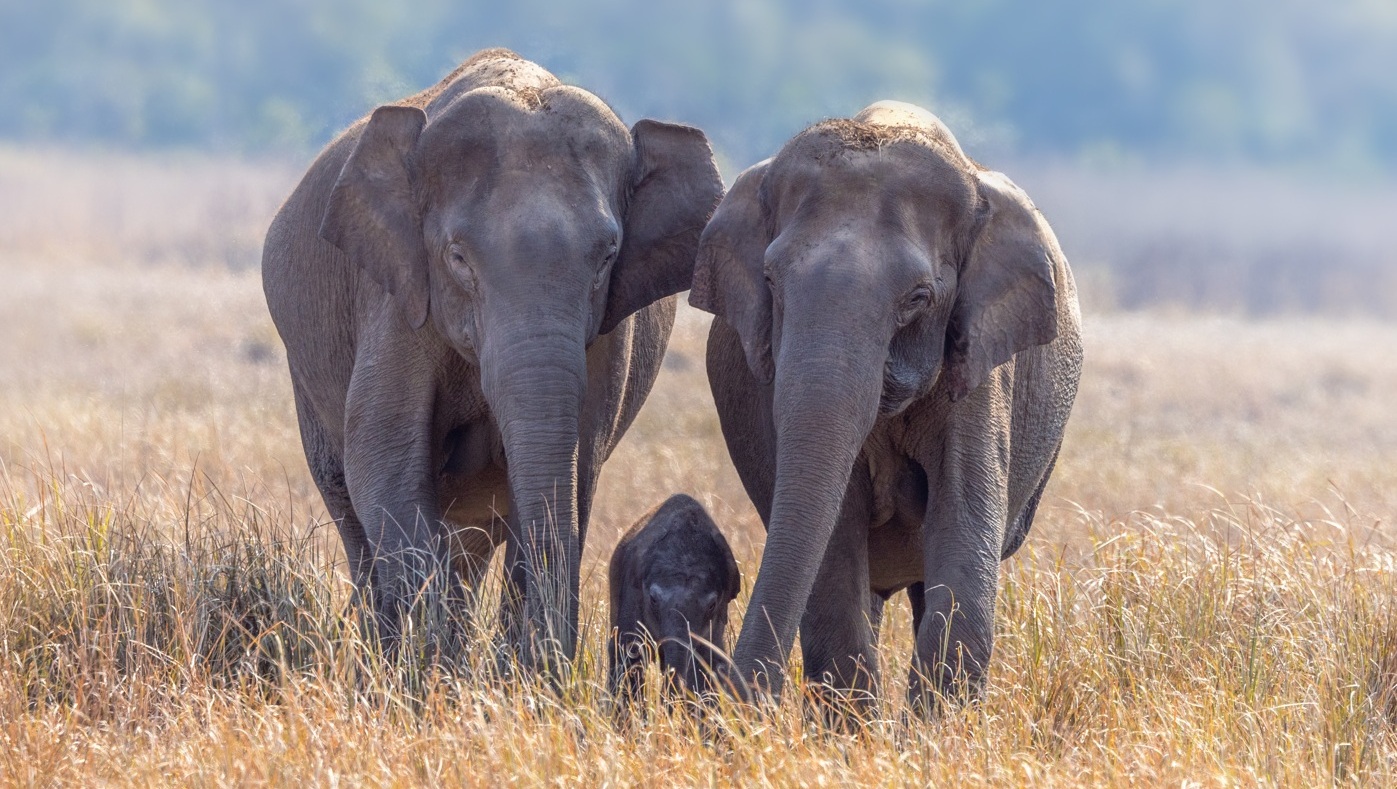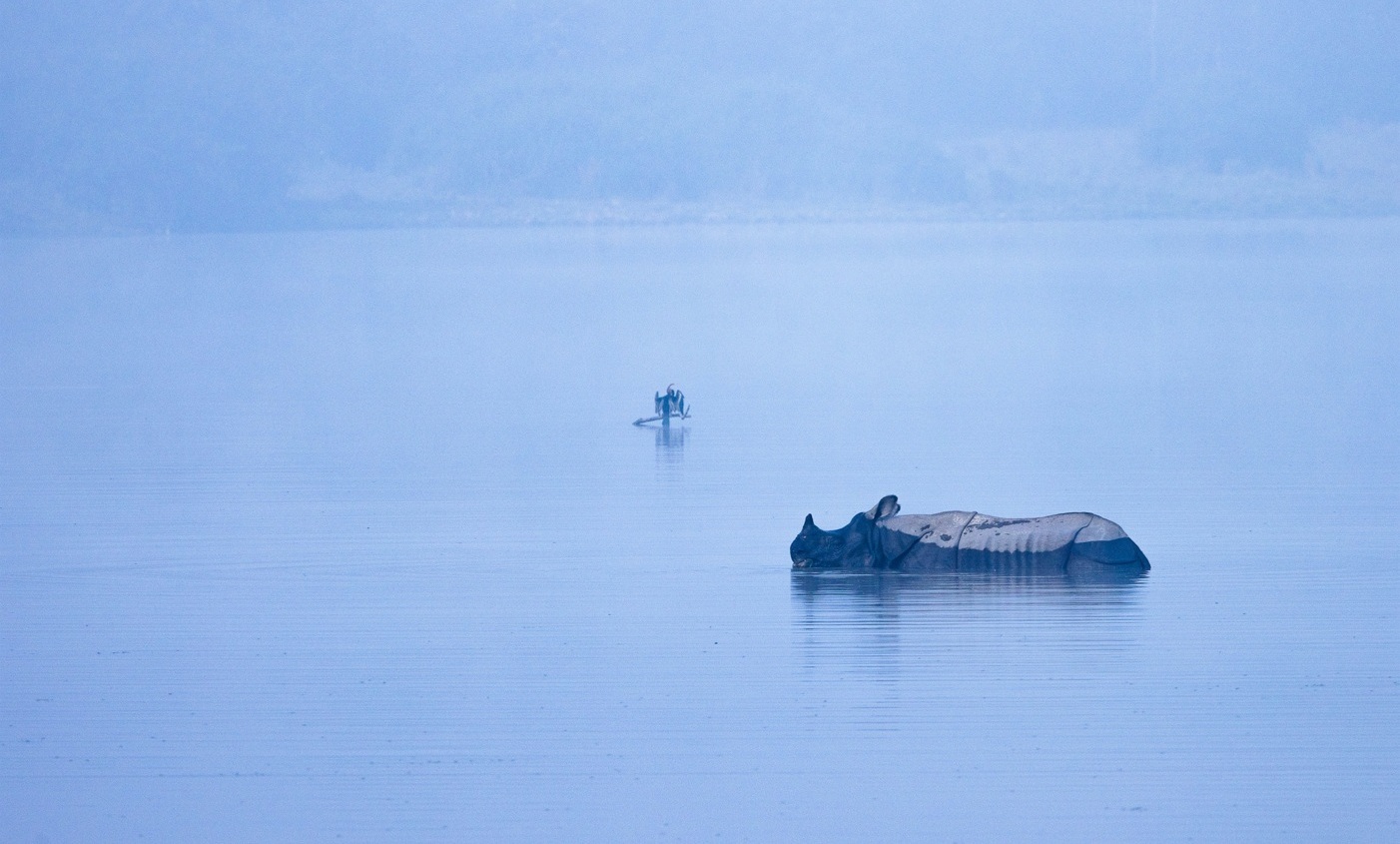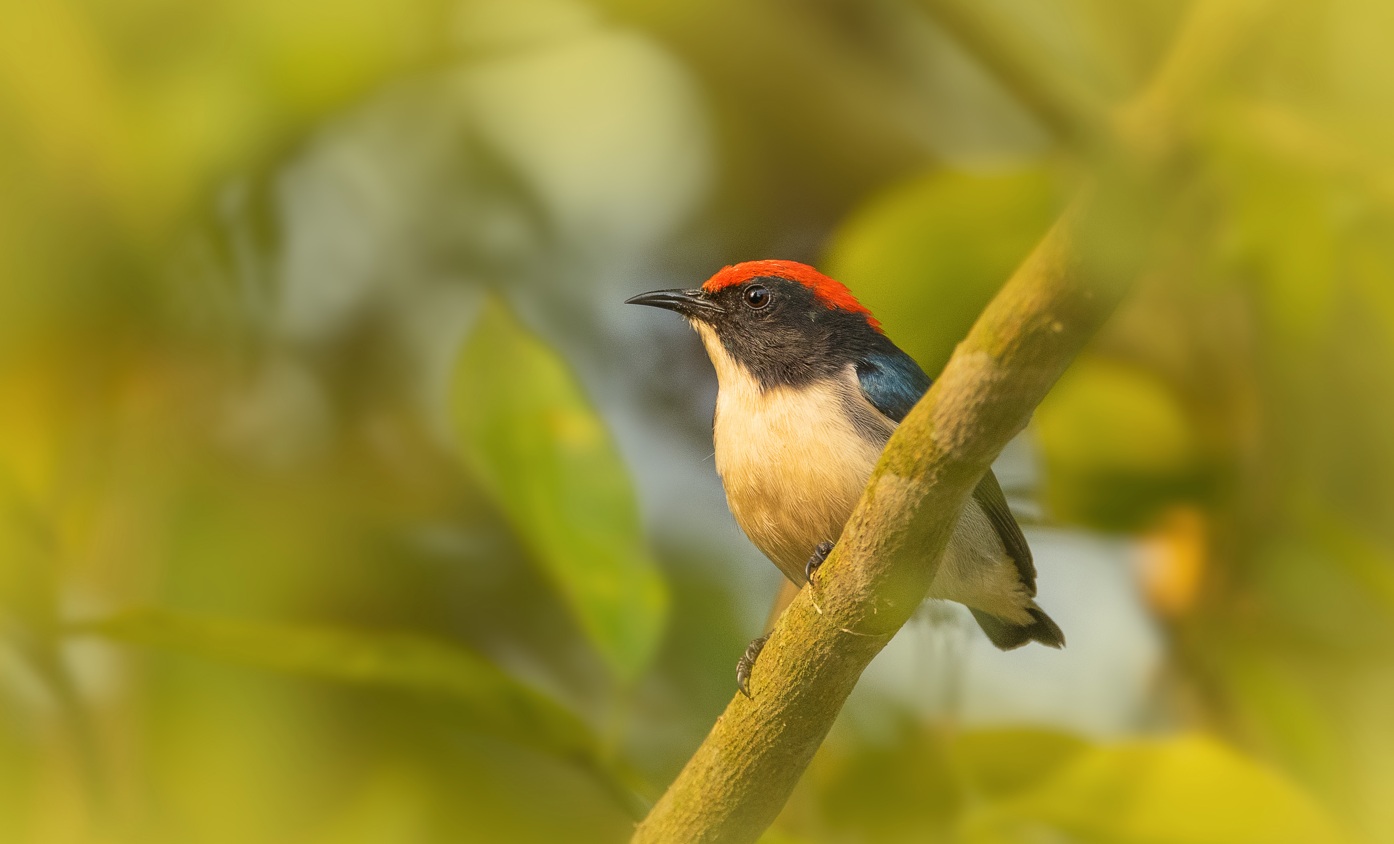Program Overview
CACNepal 2026 will explore the intersections of science, policy, and practice to advance conservation across Asia. The congress program will feature symposia, contributed sessions, poster sessions, and plenary talks centred on our theme, fostering innovative approaches and collaborative solutions to pressing conservation challenges. It will also host a variety of pre-congress workshops, training sessions, and round table discussions.
Below is an overview of the CACN2026 week, indicating oral and poster sessions, workshops, plenary lectures, opening and closing ceremonies, as well as social events. This is a preliminary schedule and is subject to minor changes. Oral sessions and workshops are running in 4 parallel rooms.

*PLEASE NOTE:
Registrations will open on December 1st.
Submissions are Currently OPEN.
Theme: Harmonising Biodiversity and Human Well-being in Asia
Thematic areas:
- Ethical and accessible technologies in conservation: Exploring how ethically designed and inclusive technologies can expand access, transparency, and efficiency in conservation practice.
- Nature conservation for climate adaptation: Examining how nature-based solutions contribute to climate resilience and biodiversity conservation by supporting adaptive ecosystems and communities.
- Human–wildlife coexistence: Highlighting successful models that foster coexistence between people and wildlife through participatory and context-specific approaches.
- Indigenous leadership in conservation decision-making: Showcasing Indigenous leadership in conservation governance through traditional knowledge, customary law, and community agency.
- Rewilding and restoration for ecosystem recovery: Investigating ecological restoration and rewilding initiatives that rebuild self-sustaining, functional ecosystems.
- Behavioural sciences in conservation solutions: Applying insights from behavioural sciences to improve conservation outcomes through adaptive and socially informed interventions.
- Institutionalizing conservation biology in academia: Strengthening academic frameworks to embed conservation biology in curricula, research, and interdisciplinary training.
- Measuring the outcomes and impacts of conservation actions: Developing robust indicators and monitoring systems to evaluate ecological, social, and policy impacts of conservation interventions.
- Sustainable use of nature for local livelihoods: Balancing biodiversity conservation with equitable and sustainable use of natural resources that support local well-being.
- Local-to-global partnerships in marine conservation: Building collaborative networks that integrate local stewardship with regional and international marine conservation efforts.
- Innovative financing for sustainable conservation: Identifying inclusive and long-term financial mechanisms to sustain conservation initiatives beyond project cycles.
- Political mobilization for climate and biodiversity action: Strengthening cross-scale political collaboration to drive transformative responses to environmental and social challenges.
- Reimagining the conservation publishing system: Transforming scientific publishing through open access, community-led review, and engagement-based metrics for equitable knowledge sharing.
- Emerging technologies for conservation science: Exploring the latest developments in AI, data analytics, genomics, bioacoustics, remote sensing, open-source tools and other innovations that are reshaping research and decision-making in conservation.
- Application of conservation social science for effective conservation research and practice: Applying social science approaches to improve research design, policy relevance, and conservation outcomes.
- Interface of conservation and development: Promoting wildlife-friendly infrastructure and sustainable development practices that balance economic growth with ecological integrity.
- Strengthening site-based conservation: Advancing the effectiveness of protected areas, biosphere reserves, OECMs, landscape-level initiatives, and transboundary conservation systems.
- Emerging wildlife diseases: Addressing the health interface between wildlife, humans, and livestock through integrated disease surveillance, prevention, and management approaches.
- Behavioural ecology and conservation: Exploring how a better understanding of the ecology and behaviour of species contributes to improved conservation actions.
This diverse program reflects CACNepal 2026’s ambition to connect research, practice, and policy, enabling meaningful dialogue and action toward a more sustainable and harmonious future for people and nature.








_81_45_70.jpg)
_81_45_70.jpg)
_81_45_70.jpg)